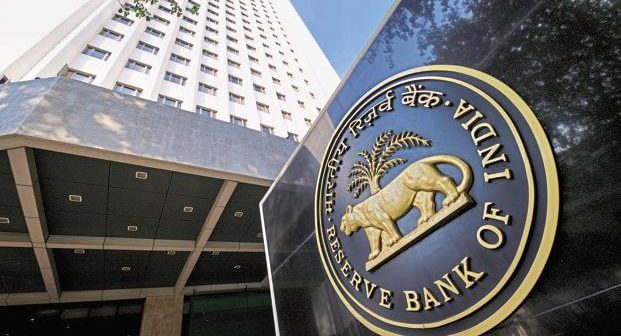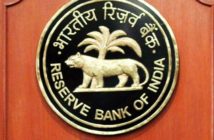(FE)
There is no doubt Wednesday’s repo rate hike of 25 bps will hurt the nascent growth recovery. RBI was probably erring on the side of caution as it considers some unpredictable factors—the trajectory of crude oil prices and also the direction of food prices, following an uncertain monsoon and the sharp planned increase in minimum support prices. The 5% consumer inflation forecast for Q1FY20 following 4.8% in H2 FY19—a shade higher than the level forecasted in June—suggests the central bank does expect an uptick in inflation. At the same time, it has professed its stance is neutral possibly because it is not sure, just yet, that more rate hikes are needed. As the Governor observed, the central bank doesn’t want to be stranded too far away from the level of 4%, and core inflation has been rising.
It has been evident for more than three years now that interest rates are influenced less by the tweaks in the repo rate by RBI than other factors such as liquidity and banks’ objectives of protecting their margins and their need to set aside capital for loan-loss provisions. Which is why it is important to make sure the system isn’t short of liquidity. The central bank on Wednesday didn’t dwell too much on how it plans to ensure there is enough liquidity in the system. By its own admission, systemic liquidity, after moving back into a surplus in early July, turned into a deficit from July 10 onwards—necessitating an injection of Rs 10,700 crore, on an average, every day. In fact, the estimated deficit in the last week of July was Rs 40,000 crore, or even higher. It is surprising that liquidity has been left in a deficit at a time when companies are not able to borrow as much as they would like to from the corporate bond markets—issuances in the first half of 2018, at around Rs 6 lakh crore, are smaller than they were in 2017.





